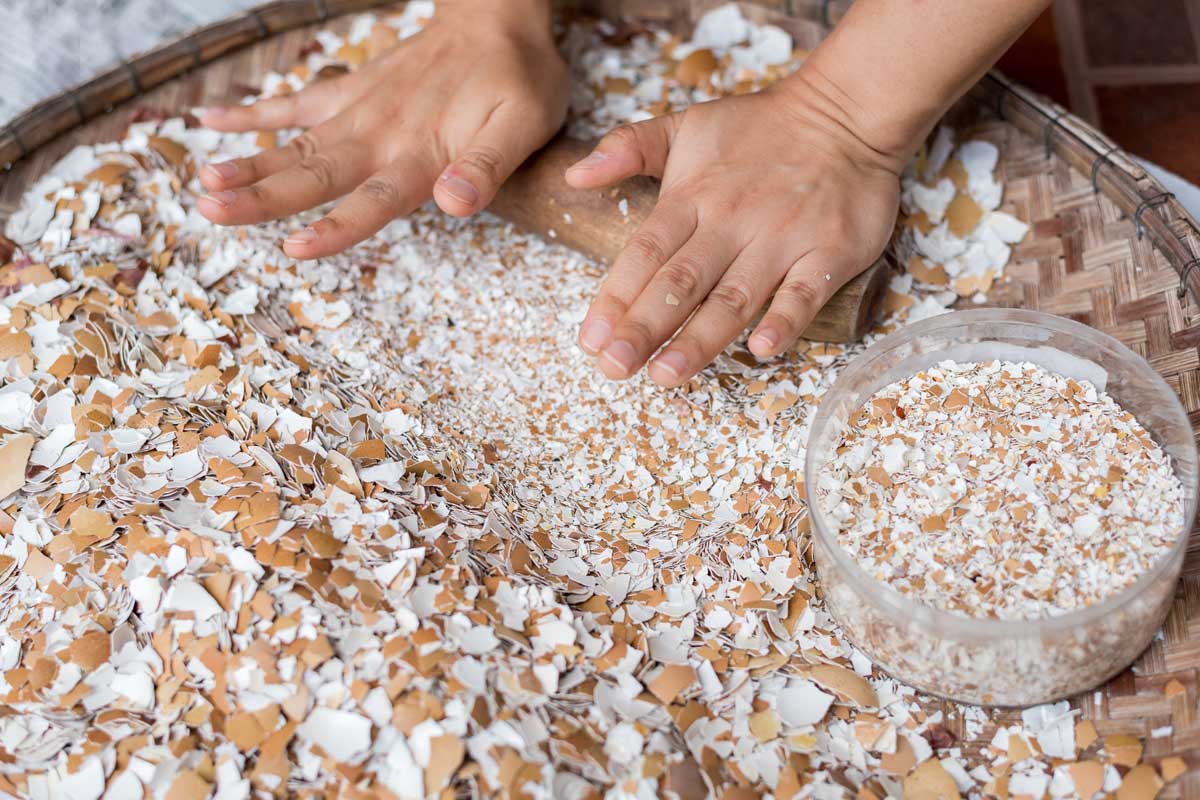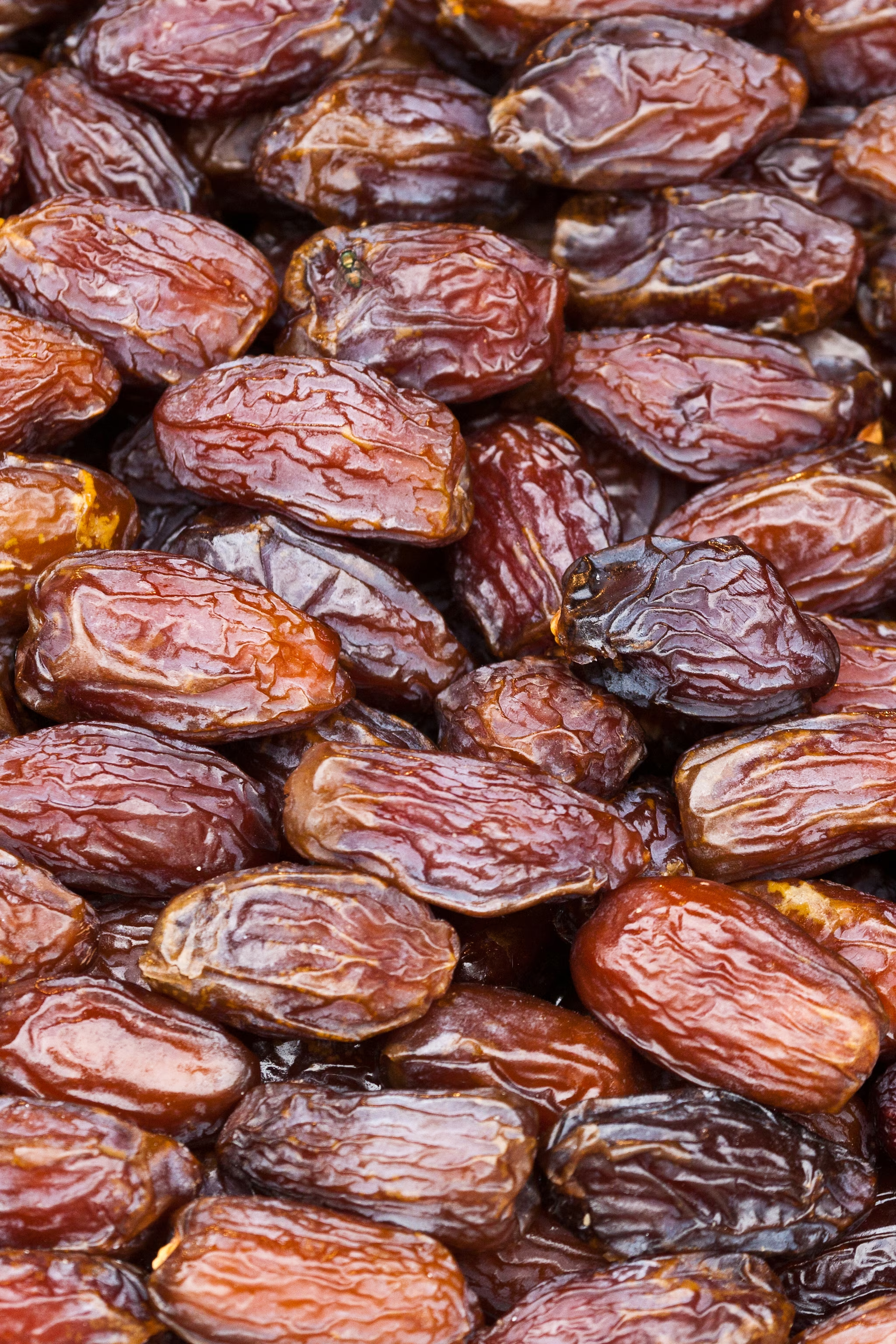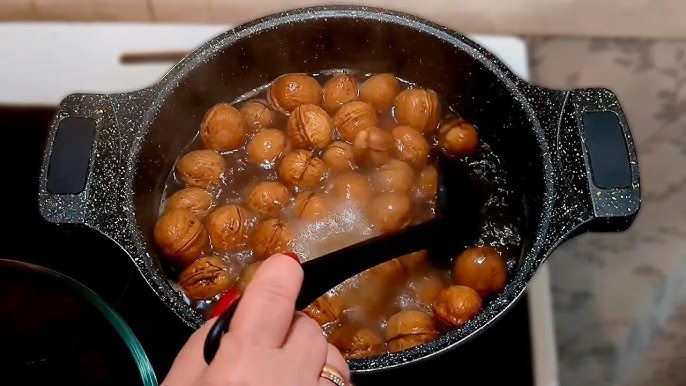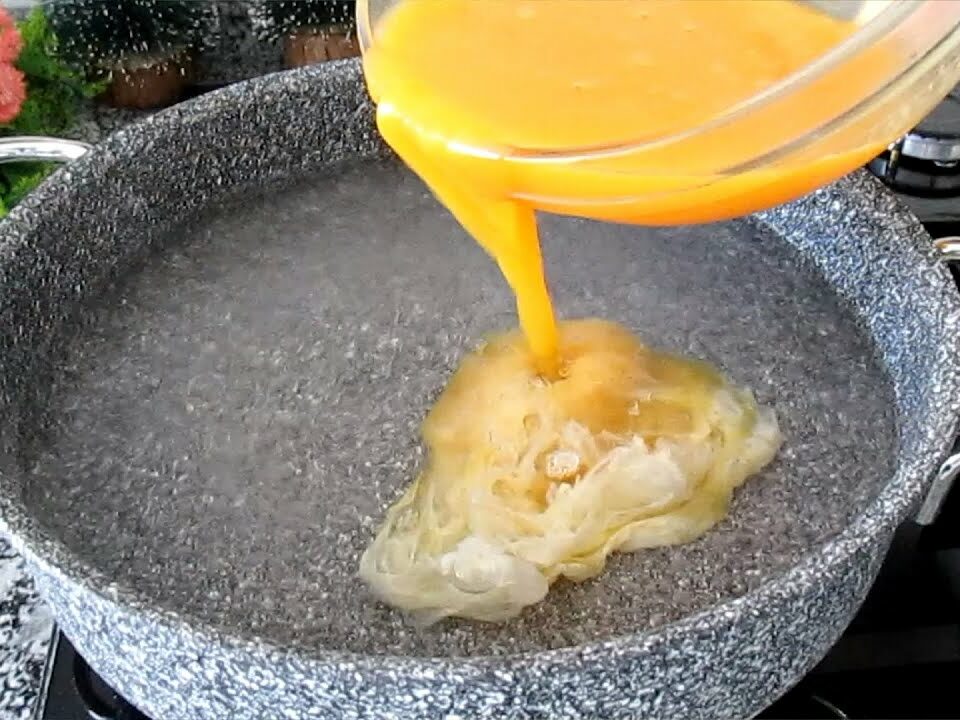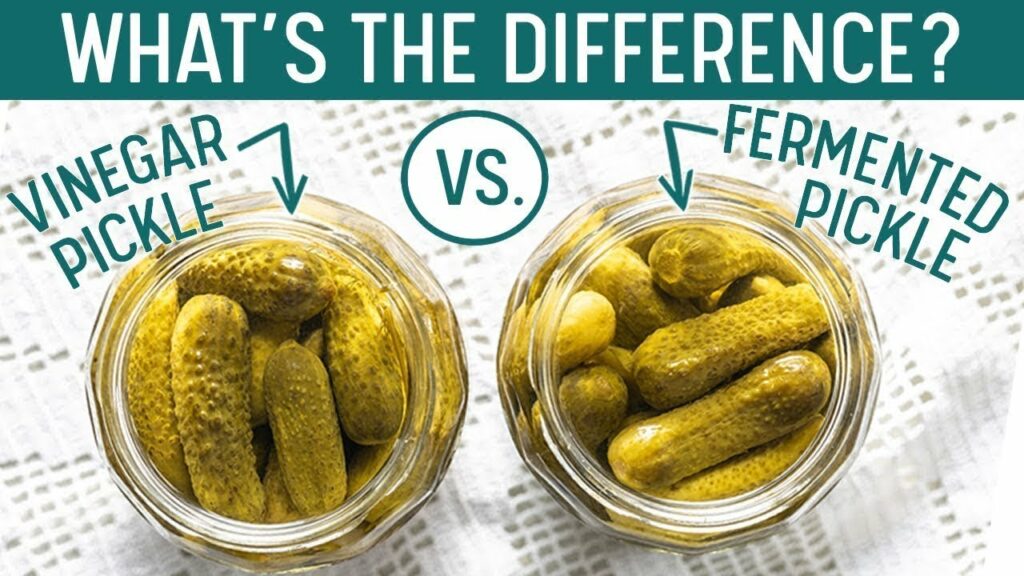
Pickling and fermenting are two popular methods for preserving food, but they are often confused with each other. Both techniques can enhance flavors and extend the shelf life of various ingredients, but they differ significantly in their processes and benefits. Let’s explore the differences between pickling and fermenting in a friendly and easy-to-understand way.
What is Pickling?
**1. Process: Pickling involves immersing food in an acidic solution, usually vinegar, which preserves the food by creating an environment where harmful bacteria cannot thrive.
**2. Ingredients: Typical ingredients for pickling include vinegar, salt, sugar, and various spices. The acidity of vinegar is key to the pickling process.
**3. Duration: Pickling is relatively quick. Most pickles are ready to eat within a few hours to a few days after preparation.
**4. Flavor: The resulting flavor of pickled foods is tangy and acidic, with the vinegar playing a dominant role in taste.
**5. Shelf Life: Pickled foods can be stored for months in the refrigerator and sometimes longer if properly canned.
What is Fermenting?
**1. Process: Fermenting relies on the natural process of fermentation, where beneficial bacteria (such as lactobacillus) convert sugars in the food into lactic acid. This acid preserves the food and also adds beneficial probiotics.
**2. Ingredients: The primary ingredients for fermenting are usually just the food itself, water, and salt. No vinegar is used because the preservation comes from the lactic acid produced by bacteria.
**3. Duration: Fermentation takes longer than pickling, often from several days to several weeks, depending on the desired level of fermentation.
**4. Flavor: Fermented foods develop a complex, tangy flavor that evolves over time. The taste is often described as more nuanced compared to pickled foods.
**5. Shelf Life: Fermented foods, when stored properly, can last for several months. The fermentation process actually improves with age, deepening the flavor.
Key Differences
-
Method: Pickling uses vinegar for preservation, while fermenting relies on natural bacteria to create lactic acid.
-
Ingredients: Pickling often involves vinegar, salt, and sugar, whereas fermenting primarily uses salt and water.
-
Time: Pickling is faster, with foods ready in hours or days, while fermenting takes days to weeks.
-
Flavor: Pickled foods are tangy and vinegary, while fermented foods have a deeper, more complex tanginess.
-
Health Benefits: Fermented foods contain probiotics that are beneficial for gut health, a benefit not typically found in pickled foods.
Conclusion
Understanding the differences between pickling and fermenting can help you choose the right method for your culinary needs. Both techniques offer unique flavors and preservation benefits. Whether you prefer the quick tang of pickled cucumbers or the complex flavor of fermented sauerkraut, both methods are valuable additions to any kitchen. Happy preserving!

